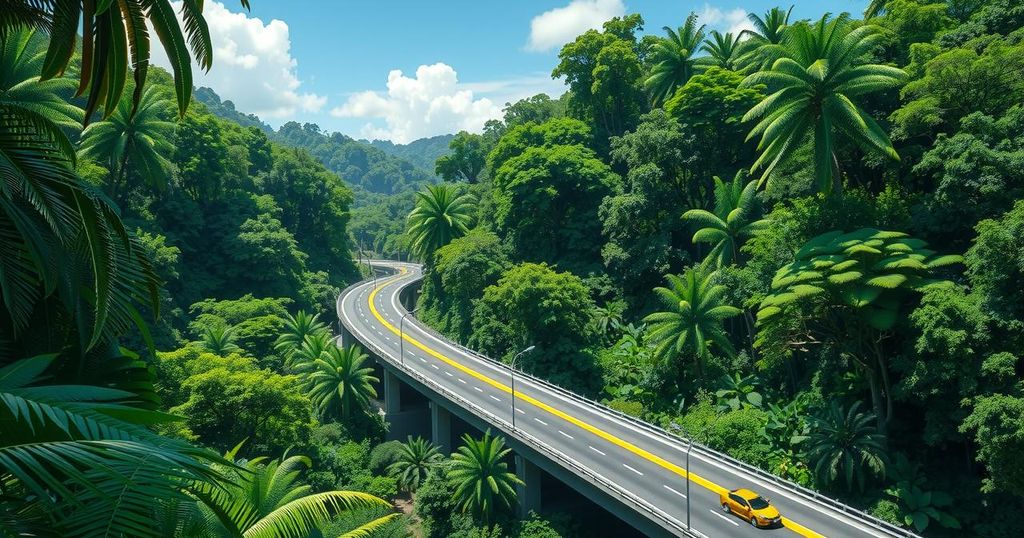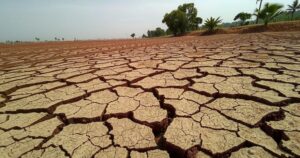Brazil’s Controversial Highway Construction in Amazon Rainforest for COP30 Conference

Brazil is constructing Avenida Liberdade, a new highway intended to facilitate access to the COP30 climate conference in Bélem, while cutting through protected rainforest. The project is met with mixed community responses—some support the development for economic benefits, while others lament the loss of their livelihoods and environmental degradation. Local authorities claim the highway will enhance mobility, albeit at the expense of preserved areas critical for ecological safety.
Brazil is undertaking the construction of a new highway in the Amazon rainforest to accommodate the upcoming COP30 climate conference in Bélem, scheduled for November. This city, home to 1.3 million residents, aims to enhance its infrastructure with a new central square featuring several amenities, including kiosks, rain gardens, an outdoor gym, and improvements to the city’s rainwater drainage and sewage systems. A new four-lane highway, named Avenida Liberdade, has garnered significant attention due to its environmental implications as it will traverse thousands of acres of protected rainforest.
The highway aims to facilitate traffic for the COP30 event, which typically attracts over 50,000 participants, including global leaders and environmental activists. Local authorities have confirmed that Avenida Liberdade will span 13.3 kilometers, integrate lanes for cyclists, and implement ecological features, including solar lighting and eco-friendly paving. Currently, construction is reported to be 20 percent complete, with earthmoving already in progress.
Residents are divided in their reactions to the project. Claudio Verequete, a local who lost his livelihood as a result of the construction, expressed his disappointment by stating, “Everything was destroyed. Our harvest has already been cut down. We no longer have that income to support our family.” Conversely, others, like Dalci Cardoso da Silva, welcome the changes, noting that the city is being revitalized and leading to increased business opportunities.
Adler Silveira, the state government’s infrastructure secretary, characterized this project as a necessary mobility enhancement, referring to it as a “sustainable highway.” Nonetheless, concerns have been raised regarding the environmental ramifications, particularly because the construction is occurring within the Metropolitan Belém Environmental Protection Area, established in 1993 to prohibit damaging activities. Satellite images confirm that the development is indeed infringing upon this protected zone, illuminating the tension between urban development and environmental conservation.
In summary, Brazil’s decision to construct the Avenida Liberdade highway amidst the Amazon rainforest has sparked a heated debate regarding environmental protection and urban development. While some local residents view the project as a vital infrastructure improvement that will enhance business opportunities, others express serious concerns about the destruction of their livelihoods and the environmental policies being violated. The juxtaposition of hosting a climate conference while building a highway through a protected area illustrates the complexities inherent in balancing development and conservation initiatives.
Original Source: nationalpost.com





